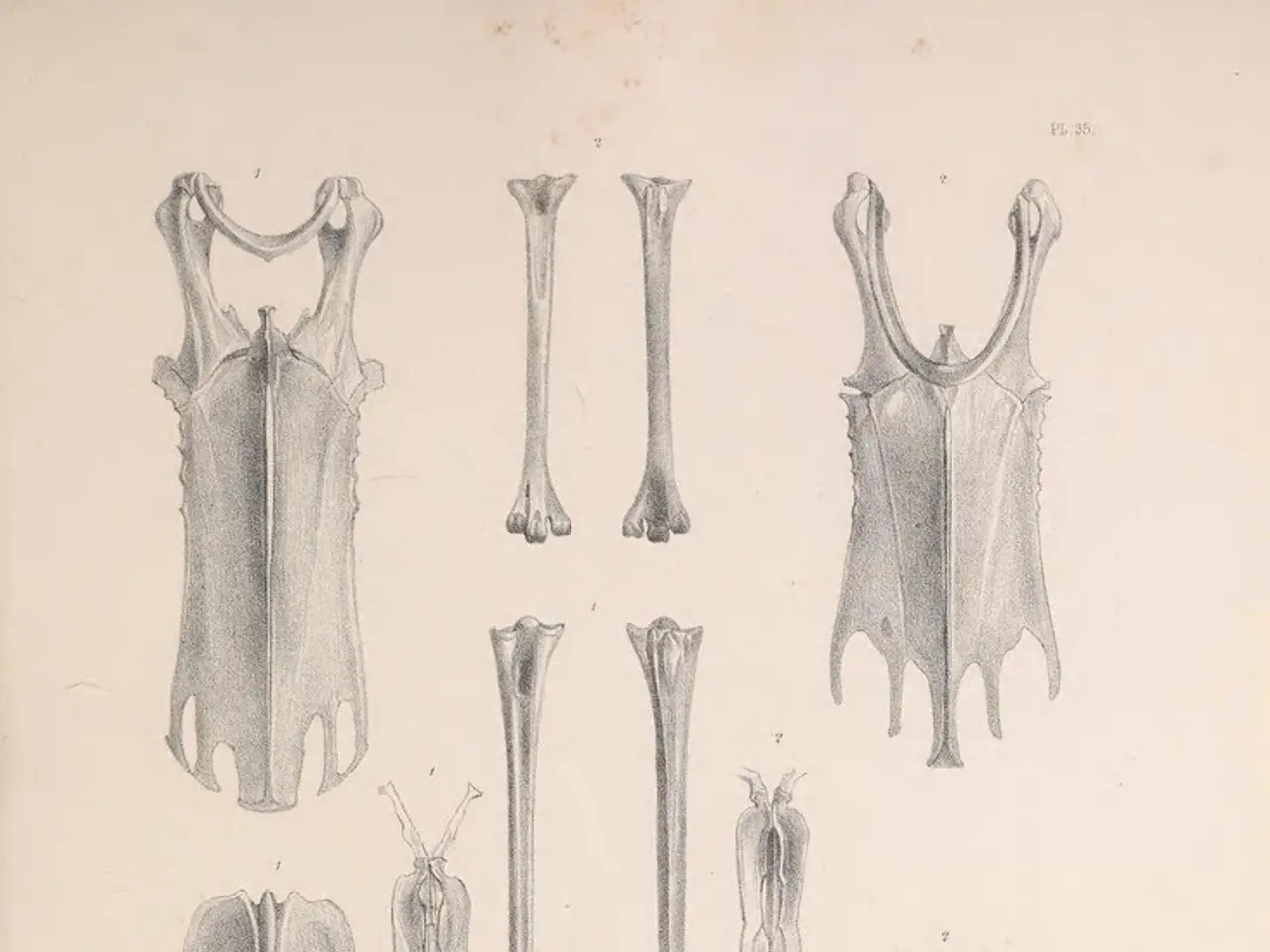Subscapular Artery: Key Supplier to Shoulder and Back Muscles
The subscapular artery, a major branch of the axillary artery, plays a crucial role in distributing blood to the muscles and structures of the shoulder and scapular regions. It is particularly notable for supplying the pectoral girdle and the latissimus dorsi, one of the broadest muscles in the back.
The subscapular artery originates from the axillary artery and divides into two stems about four centimeters from its source. Its first branch is the circumflex scapular artery, which supplies the clavicle and scapula, collectively known as the pectoral girdle. This girdle connects the upper limbs to the axial skeleton, which consists of the skull, vertebral column, and the thoracic cage. The second branch is the thoracodorsal artery, which nourishes the latissimus dorsi, a muscle that originates from the lower and middle back, spanning from the spinous processes of the thoracic vertebrae 7–12, the lumbar vertebrae, the sacrum, the iliac crest, and the lower three or four ribs. The subscapular artery, being the largest branch of the axillary artery, ensures adequate blood supply to these vital structures.
The subscapular artery, with its branches the circumflex scapular and thoracodorsal arteries, is integral to the functioning and health of the shoulder, scapular, and back muscles. Its role in supplying the pectoral girdle and the latissimus dorsi underscores its significance in the overall structure and mobility of the upper body.





